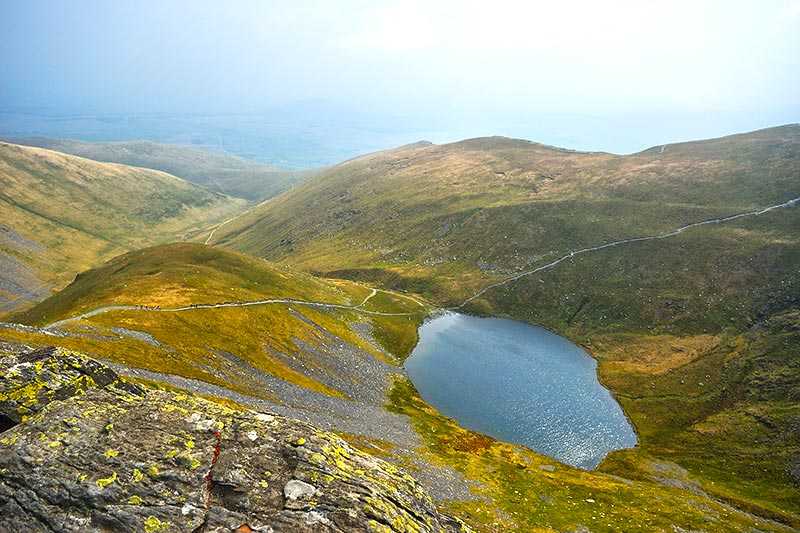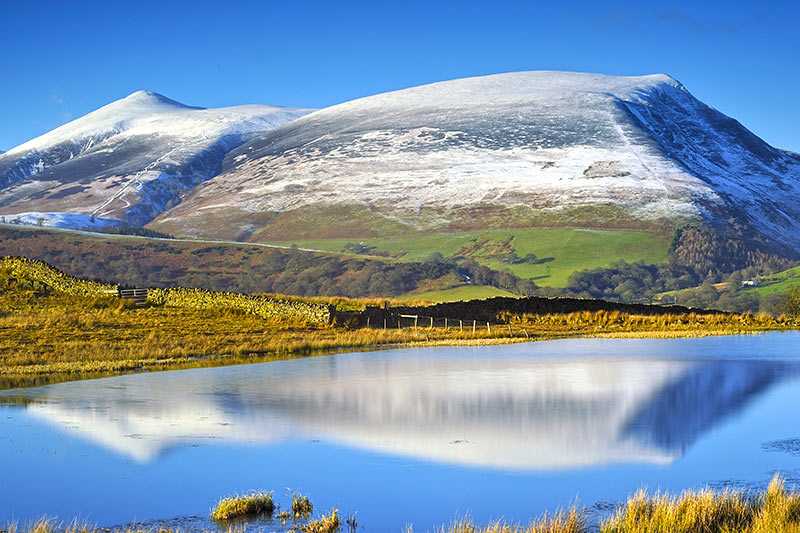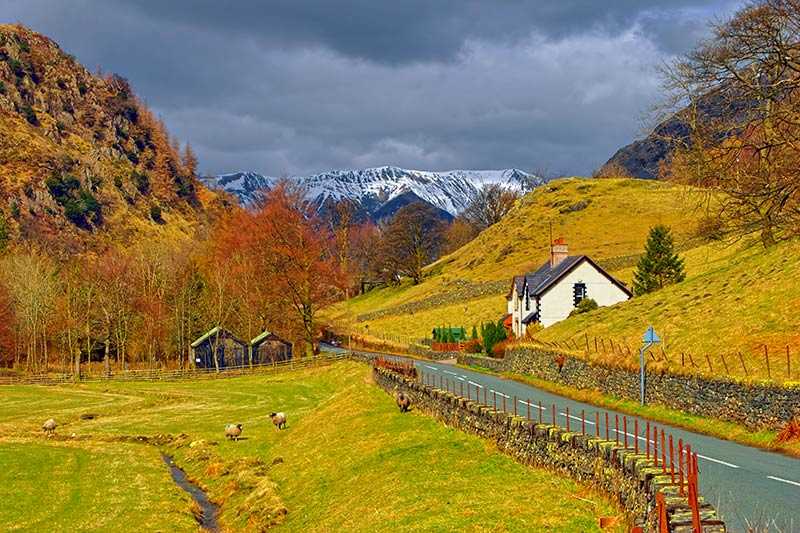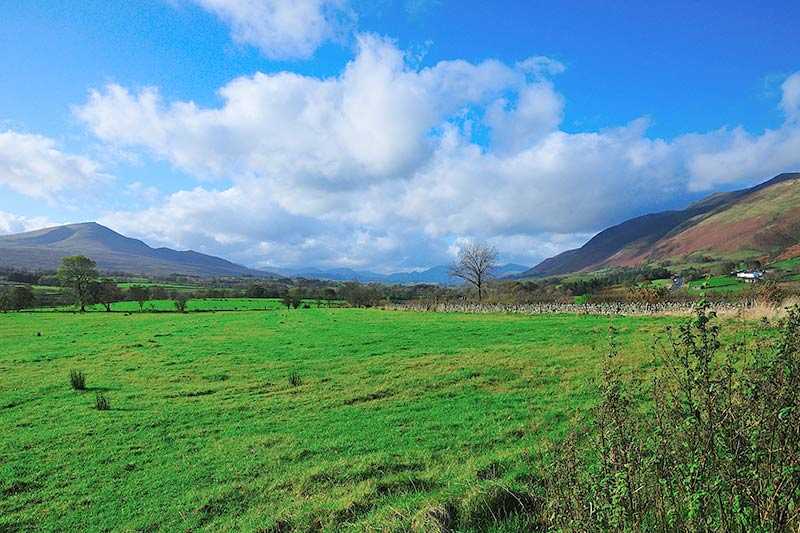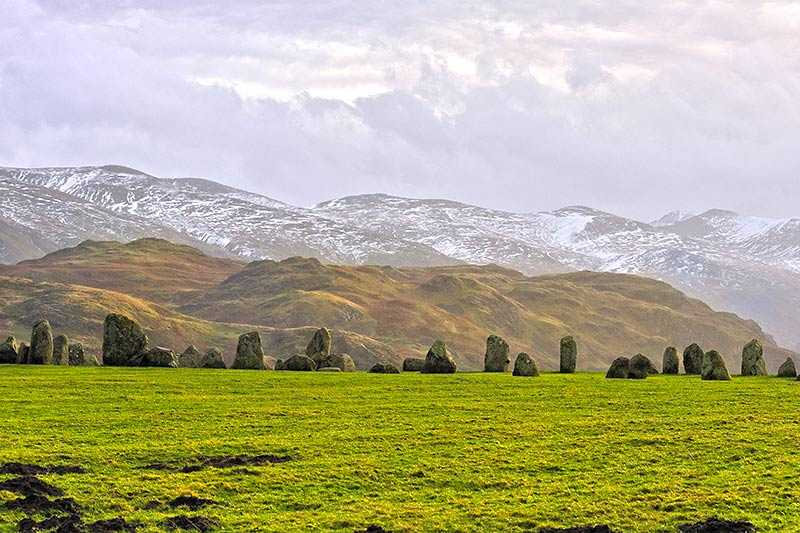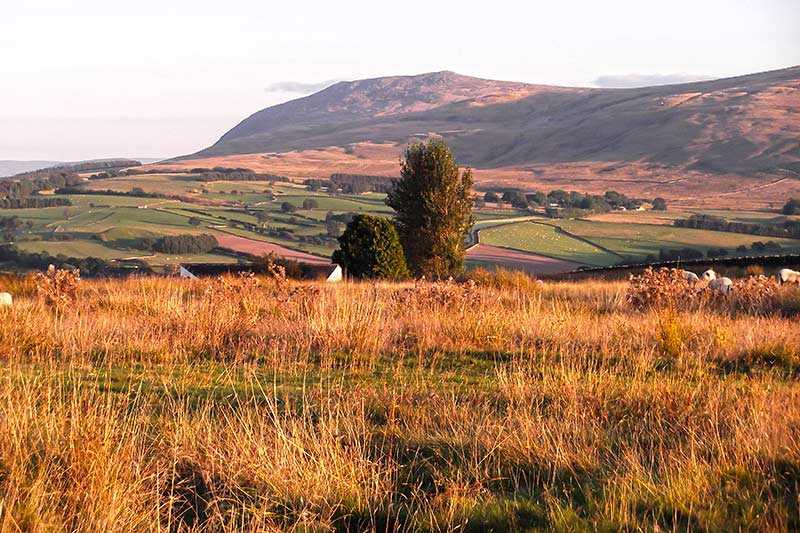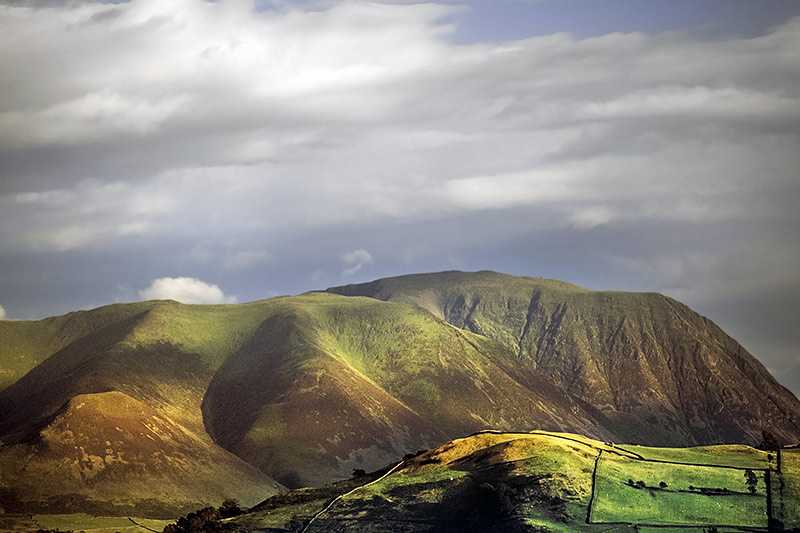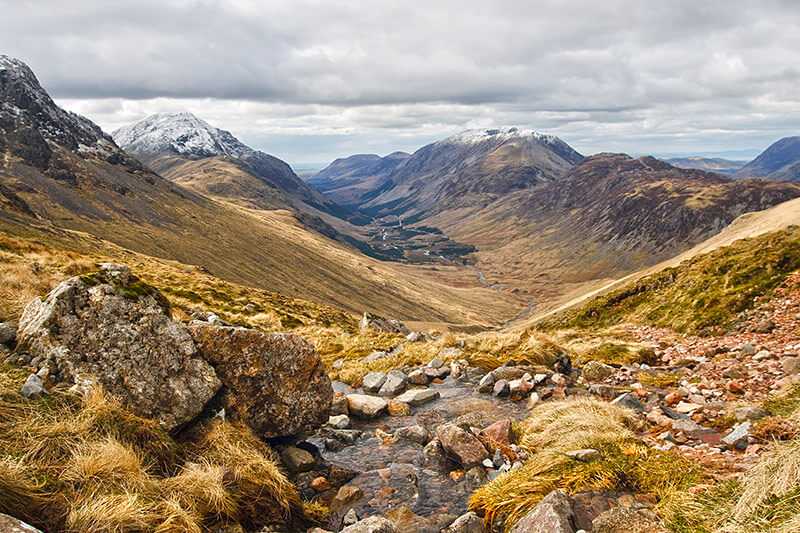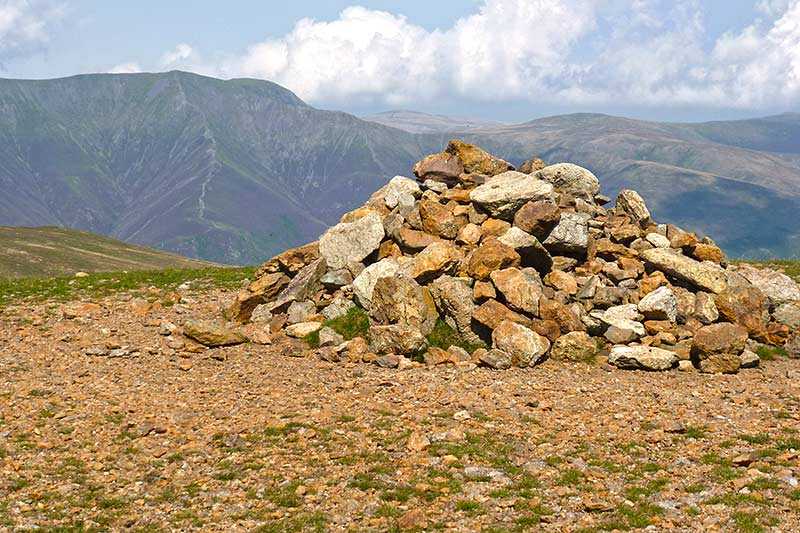Blencathra
About Blencathra
Blencathra is also known as Saddleback because of its appearance when viewed from the east. It is one of the most northerly mountains in Lake District. It has six separate...
About Blencathra
Blencathra is also known as Saddleback because of its appearance when viewed from the east. It is one of the most northerly mountains in Lake District. It has six separate fell tops spanning its 15 km (3 mi) long, curved ridge, with the highest being Hallsfell Top at 868 m (2,848 ft) and a prominence of 461 m (1,512 ft). It is a satellite of Skiddaw and is listed as a...
Things to do near Blencathra
Attractions near Blencathra
Activities
About Blencathra
About Blencathra
Blencathra is also known as Saddleback because of its appearance when viewed from the east. It is one of the most northerly mountains in Lake District. It has six separate fell tops spanning its 15 km (3 mi) long, curved ridge, with the highest being Hallsfell Top at 868 m (2,848 ft) and a prominence of 461 m (1,512 ft). It is a satellite of Skiddaw and is listed as a Hewitt, a Marilyn and a Nuttall, as well as being one of Wainwright’s most favoured fells in the Lake District.
The highest point lies directly above the Hallsfell spur and is marked by an unassuming cairn on grass. To the north, there is a large cross constructed of quartz rocks on the ground, thought to date back to post-World War II years. From the summit, there are breath-taking panoramic views – one of the reasons Wainwright visited this fell so often and devoted a large number of pages to it in his influential guide. Views stretch to Scotland, the Pennines, North Wales and the Isle of Man, with a foreground dotted with all of the major Lakeland peaks in the district.
Climbing Blencathra
Wainwright recorded more routes of ascent for Blencathra than any other fell; however, it is also one of the more challenging, almost more suited to climbers than walkers. The most popular route is via Sharp Edge, a knife-edge arête on the eastern side of the mountain, which requires scrambling and a good head for heights. Scrambling is also necessary when ascending via Hall’s Fell ridge on the southern flank, with a final section along the well-named arête, Narrow Edge - which Wainwright recorded as being ‘positively the finest way to any mountain-top in the district’.
